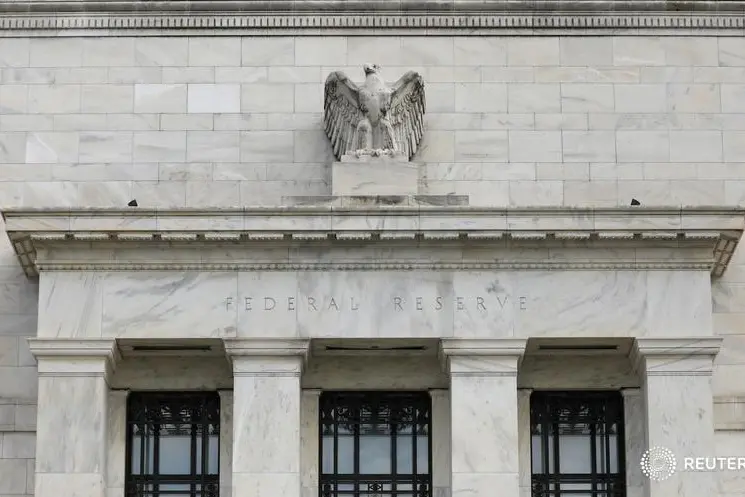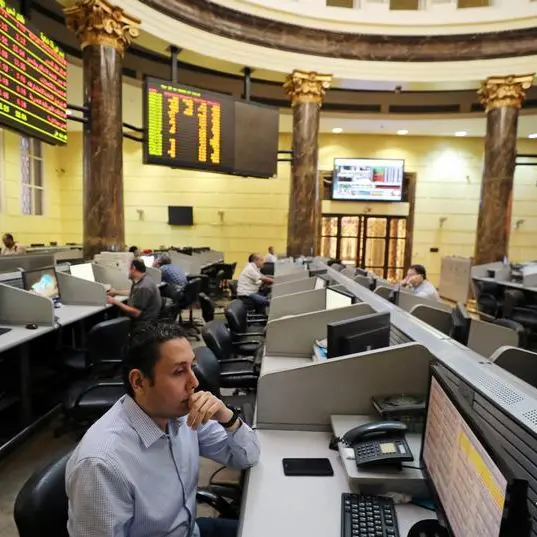PHOTO
NEW YORK - U.S. futures markets are pricing in a small chance of policy interest rates going below zero even though Federal Reserve Chair Jay Powell this week rebuffed the idea. U.S. President Donald Trump wants to emulate European and Japanese monetary-policy setters, who are already in that territory. Breakingviews explains why Powell is right to resist.
WHY GO NEGATIVE
It’s traditional monetary policy to cut rates when the economy is flagging. This reduces incentives for lenders to deposit reserves with their central banks and instead encourages them to lend, making borrowing easier and cheaper for businesses and individuals. Just because rates reach zero doesn’t mean further cuts won’t have similar stimulative effects.
BUT PAYING SOMEONE TO HOLD YOUR MONEY IS DIFFERENT, ISN’T IT
Yes, there’s a psychological barrier and a communication challenge. Also, one practical concern is that negative rates might encourage people to take cash out of financial institutions and stuff it under their mattresses. That’s counterproductive for central banks trying to encourage spending and investment.
Yet the European Central Bank and its counterparts in Japan and Switzerland all have sub-zero policy rates and the Reserve Bank of New Zealand this week said it was considering the idea.
SO WHAT’S THE EXPERIENCE IN EUROPE, FOR EXAMPLE
The European Central Bank thinks its experiment in negative interest rate policy, or NIRP, has worked. It reckons the policy generated growth and inflation – which has been running too low – and made its overall stimulus package work better.
People and companies generally haven’t abandoned bank accounts in favor of paper money. Banks tend to make less money out of lending when interest rates are very low or negative, and that is a concern in Europe. But it hasn’t proved as dire as some predictions.
WILL THAT SWAY THE FED
At an October meeting, the Fed’s rate-setters were unanimous – a rarity, as Powell pointed out – that negative rates are not on their radar, according to published minutes, though they didn’t rule them out forever.
The Bank of England is on the same page. The bosses of both central banks say they have other ways to stimulate the economy and worry about the damage that a protracted period of negative rates might inflict on the profitability of banks, on whom they depend to lend to households and businesses. And some parts of U.S. financial system work differently from elsewhere.
WHICH PARTS
A major concern, aside from banks, would be money market funds. These are mutual funds that hold mostly safe, short-term debt and, traditionally at least, always maintain their $1 per share net asset value while paying at least a smidgen of interest. Investors, both retail and institutional, tend to treat them as an alternative to bank deposits.
Ructions in money market funds can quickly turn into a problem of confidence. When one “broke the buck” in the wake of Lehman Brothers’ collapse in 2008, investors raced for the exits – a bit like a bank run – forcing the Fed to intervene.
ARE MONEY MARKET FUNDS THAT SIGNIFICANT, THOUGH
In the United States, yes. After two huge months of inflows, their assets just topped $5 trillion for the first time at the end of April, according to Crane Data’s tally. The safest variety of the vehicles accounted for nearly $4 trillion, investing in securities like government paper or Treasury repurchase agreements. Repo is one area of financial markets that briefly went bonkers earlier this year.
Some other types of money market funds are, since 2016 reforms, detached from the purity of never “breaking the buck.” But their assets include a lot of commercial paper, still a significant source of short-term funding for many companies. That’s another linkage policymakers worry about. The Fed's coronavirus response includes backing for these funds.
WHAT BEEF WOULD THEY HAVE WITH NEGATIVE RATES
Investors expect them to hold their value. To cover their costs, they need to make a little money from their ultra-low-risk assets. That becomes increasingly hard if rates go negative. Even if fund managers were willing to forgo fees for a while, these funds could become unsustainable longer term. And if investors withdraw money or managers shut them down in a hurry, there would be a risk of knock-on damage to repo markets and corporate borrowers, among others.
DON’T THESE FUNDS EXIST IN EUROPE TOO
Yes, albeit in lesser amounts and slightly different forms. Negative rates haven’t killed them off so it’s not certain that the Fed’s worries are justified. Yet the financial systems are different: Europe has a more bank-dependent lending market, for example, while America’s money market funds and mountain of mortgage-backed debt are more significant factors than in Europe.
IS THERE ANYTHING ELSE
One wrinkle is that the law that established the U.S. central bank may not be compatible with negative interest rates, according to a Fed staff paper published in 2010. Fed officials fall back on this, as well as possible operational hurdles, from time to time, although a moderately cooperative Congress could tweak the law.
The reality, though, is that the Fed has more scope and credibility than any other central bank to keep on buying assets indefinitely and using its other tried and tested tools. That’s what makes Powell able to say “Nirp” to negative rates.
CONTEXT NEWS
- Federal Reserve Chair Jerome Powell said on May 13 that bets that the U.S. central bank is headed toward a negative interest-rate policy are off-base.
- The week before, fed funds futures began reflecting for the first time ever a small chance that negative rate policy would find its way to U.S. shores. The market is used to both hedge for and bet outright on the level of the Fed's benchmark overnight interest rate.
- Speaking at the Peterson Institute for International Economics, Powell said U.S. policymakers instead preferred alternatives such as forward guidance – signals of how long current policy will remain in place – and large-scale asset purchases, also known as quantitative easing, or QE.
(Editing by Swaha Pattanaik and Amanda Gomez) ((richard.beales@thomsonreuters.com; Reuters Messaging: richard.beales.thomsonreuters.com@reuters.net))












